Why US President Donald Trump’s Ukraine war silence is deafening
First, he promised to end the Russian invasion of Ukraine “on day one”. Today, Donald Trump didn’t mention it at all.
First, he promised to end the Russian invasion of Ukraine “on day one”. Then, after being elected President of the United States, he said it would take “six months”.
Today, Donald Trump didn’t mention it at all.
“I promise to swiftly end the war in Ukraine … I will have that settlement done within 24 hours.” That was Trump’s unequivocal statement at his first campaign rally for his second go at the US Presidency.
Despite repeating the assertion over and over again, he never elaborated on how.
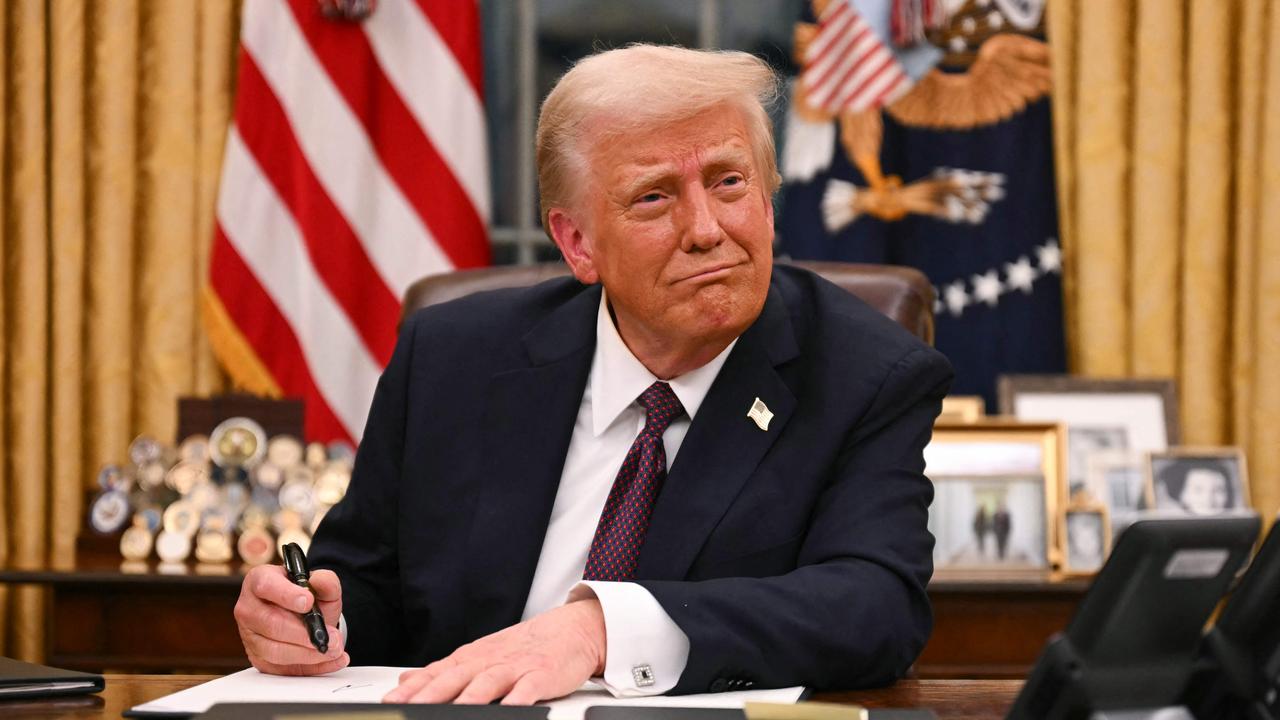
And, since November 5, Trump has been gently walking back the promise.
His personal envoy, retired Lieutenant-General Keith Kellogg, says he needs 100 days to get the deal done. Trump has himself indicated six months would be “realistic”.
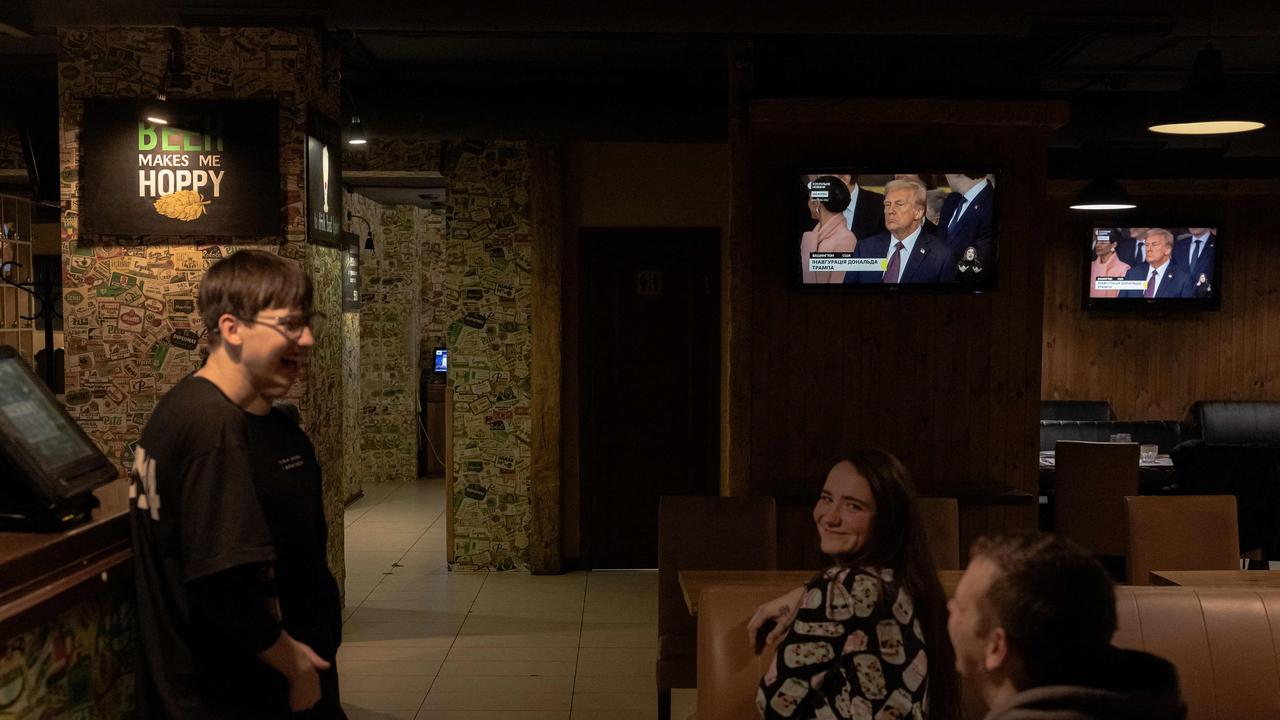
Now, the 47th President of the United States has to deal with the war as a reality.
Today, on day one, Trump didn’t even mention the conflict.
But he did insist that “the golden age of America begins right now”.
And he revealed what he wanted his presidential legacy to be:
“We will measure our success not only by the battles we win but also by the wars that we end. And, perhaps most importantly, the wars we never get into. My proudest legacy will be that of a peacemaker and unifier. That’s what I want to be. A peacemaker and a unifier.”
Days of Thunder
“We have to get that war over with, it’s a bloody mess,” Trump said in an interview earlier this month, “and it’s a war that I’m going to try really to stop as quickly as I can”.
Trump insists he is the only person who can end the fighting.
But he’s remained vague on how he’d do it.
Trump’s argument is that he’s in a unique position through his close relationship with Russian President Vladimir Putin and Ukrainian President Volodymyr Zelensky’s reliance on US funds and weaponry.
So far, brokering the deal has not been easygoing.
When Trump first asserted his ambition two years ago, Russian Ambassador to the UN Vassily Nebenzia retorted: “The Ukrainian crisis cannot be solved within one day”.
Trump’s staff have reportedly since been attempting to organise a personal meeting – or even a phone call – with President Putin immediately upon his ascension to office.
But Moscow’s signalling remains unenthusiastic.
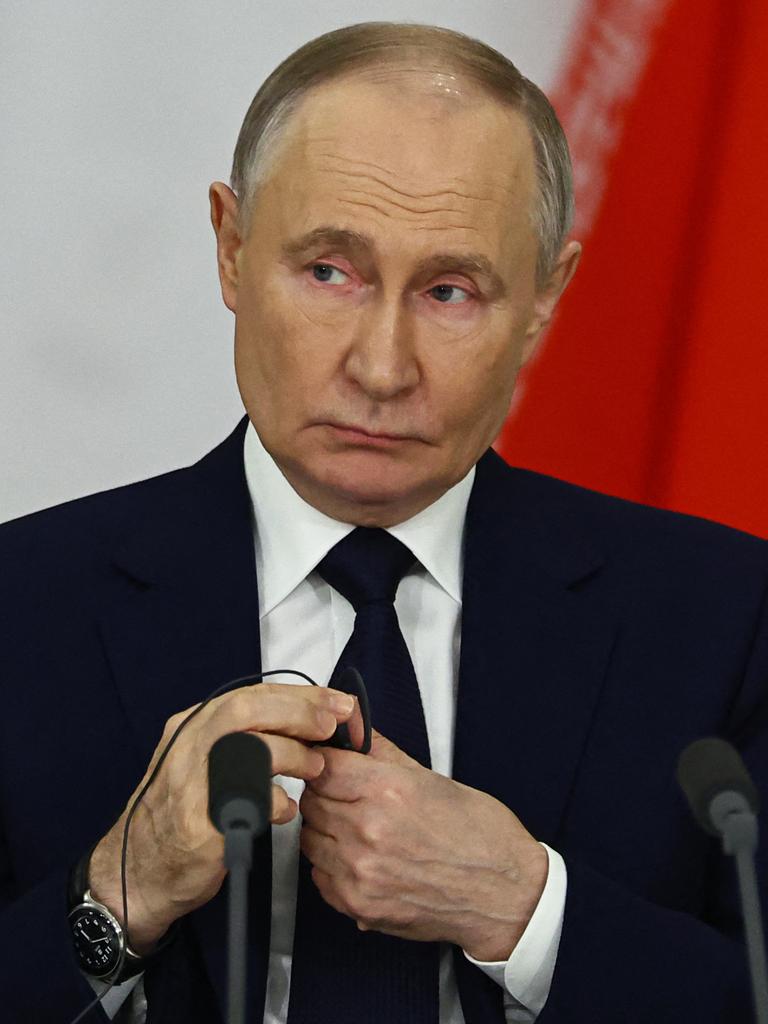
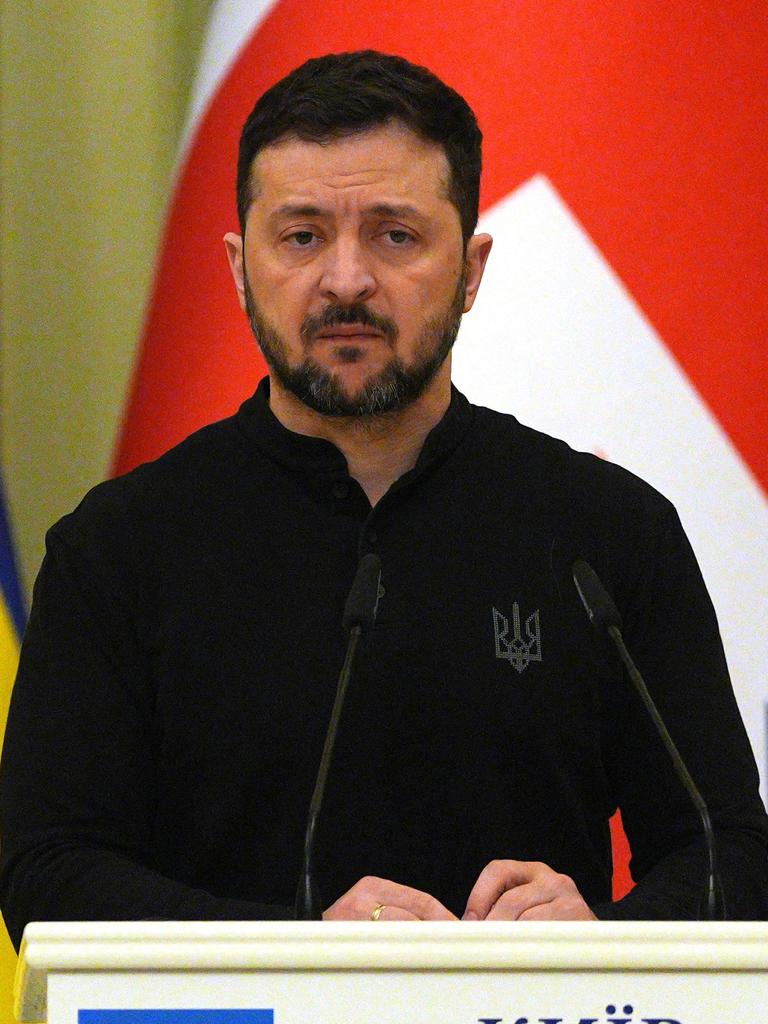
“So far, all we hear is talk about the need to come up with some kind of truce. And it’s not particularly hidden that this truce is needed in order to gain time to continue pumping Ukraine with weapons,” Russian Foreign Minister Sergei Lavrov has said.
“A truce is a road to nowhere”.
Trump has had more luck with President Zelensky.
He’s invited the stoic Ukrainian leader to his Mar a Logo golf resort.
And Zelensky has been keen to win a doubtful Trump over to his cause.
‘Trump can be decisive,” Zelensky told media during his Mar a Logo visit. “For us, this is the most important thing. He’s capable of being decisive in this war. He’s capable of helping us stop Putin.”
But Trump isn’t buying Zelensky’s message.
“Zelensky is one of the greatest salesmen in history. Every time he comes to the country he walks away with 50 or 60 billion dollars,” he quipped at a campaign rally last year.
Trump, however, has called Putin “savvy” and a military “genius”. Though he later declared Putin’s invasion to be “a tremendous mistake”.
Art of the Deal
“I will end the war in Ukraine, stop the chaos in the Middle East and prevent World War III from happening, and you have no idea how close we are,” Trump told a rally at the weekend.
His new National Security Adviser, Mike Waltz, sketched out some of the administration’s thinking about the subject yesterday.
“I’m not going to get ahead of all of those things, but I’ll tell you the key pieces of it,” Waltz said.
“Number one, who do we get to the table?
“Number two, how do we drive them to the table?
“And then three, what are the frameworks of a deal?
“President Trump is clear, this war has to stop. Everyone, I think, should be on board with that. And Zelensky even is walking into the room now saying, we’re ready to work with you, President Trump, to stop this war.”
Trump has repeatedly criticised Zelensky and Ukraine’s efforts to repulse the Russian invaders. And he has refused to commit to additional US aid to Ukraine. Instead, he says European countries should pay for the fight for freedom.
Meanwhile, Vice President James Vance stated that Ukraine must surrender its territory as part of any peace deal.
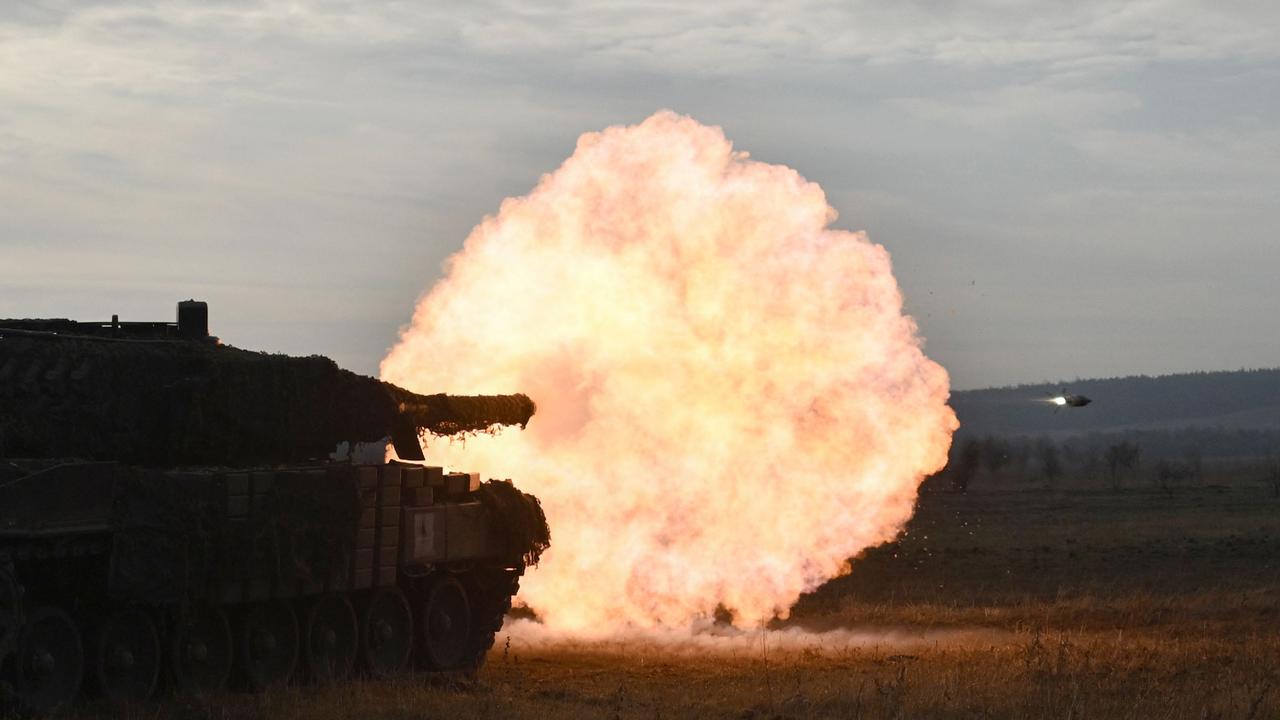
Russia, at the moment, occupies about one-fifth of the country.
But Putin wants more.
He wants Zelensky to hand over the entirety of the Ukrainian eastern provinces his (and North Korean) troops have so far failed to annex.
No mention has been made as to whether or not Ukraine can retain the Russian territory it seized in the Kursk region as part of a counteroffensive last year.
In his first term in office, Trump maintained Obama-era sanctions against Moscow for its annexation of Ukraine’s Crimea province in 2014. He also expanded sanctions in retaliation for Russian cyber-based espionage and support for North Korea and Venezuela.
And Trump has expressed sympathy for Putin’s reasoning for the war. The Russian president says it was a pre-emptive move to prevent Ukraine from being occupied by NATO.
Putin today responded to Trump’s formal inauguration with a cordial message.
“We congratulate Donald Trump on entering the office,” he said in a recorded statement. “Moscow is open for dialogue with the United States that will be built on an equal and mutually respectful basis.”
But Putin offered no concession: “Russia’s government will continue to fight for the interests of its people. That was the core goal of the special military operation.”
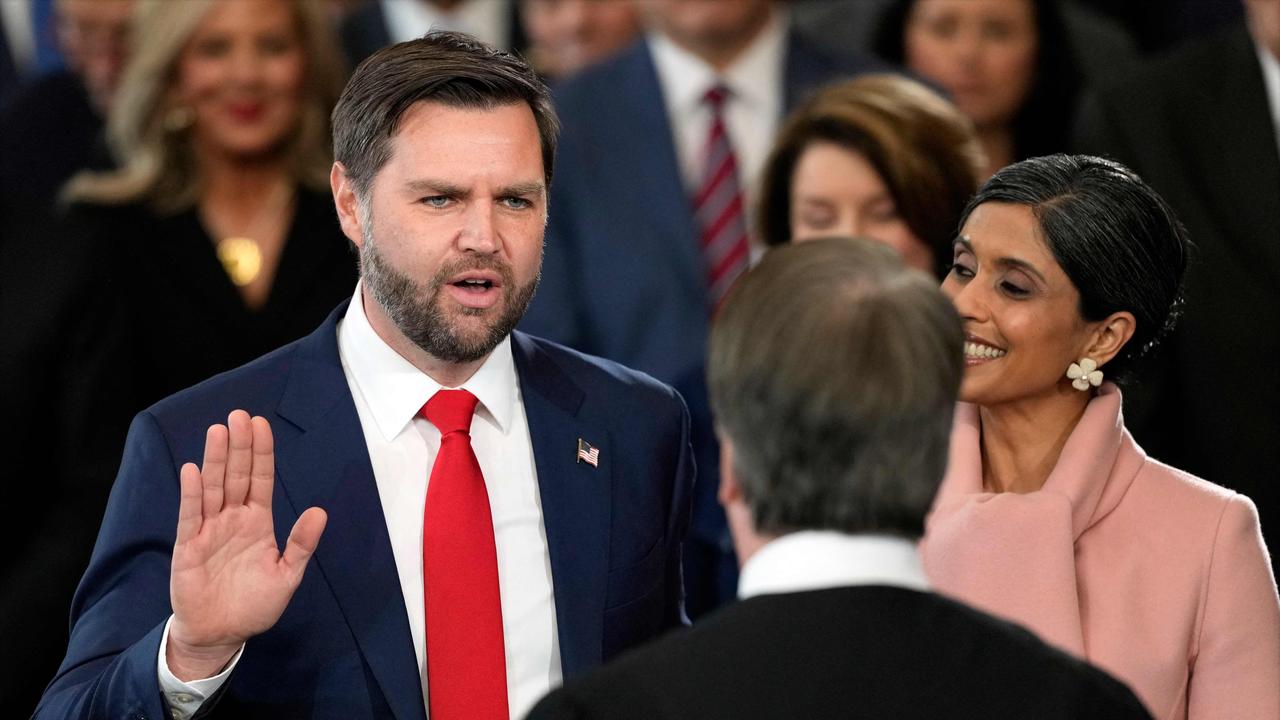
Signs and Portents
US Presidents do not traditionally invite foreign leaders to their inauguration day.
However, Trump broke with tradition by inviting the recently-elected far-right leaders of Argentina (Javier Milei) and Italy (Giorgia Meloni) to be guests of the state.
Putin did not make an appearance. Nor did Zelensky.
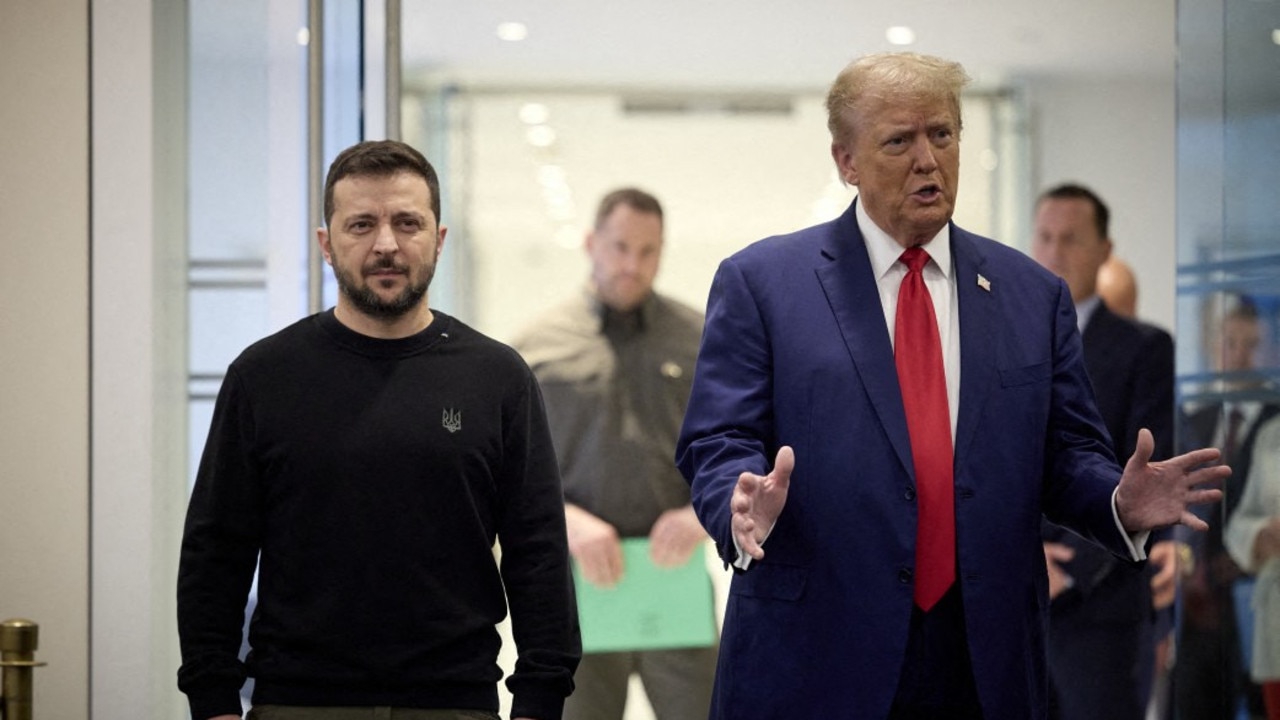
That’s amid rumours one had rejected an invite, and the other’s request had been denied.
Zelensky’s recent efforts to woo and flatter Trump appear not to have borne fruit.
But Trump has shown no indication he has changed his mind about rolling back financial, military and diplomatic support for the resistance effort.
He’s agreed with Putin’s assertion that NATO must not become involved. He’s not agreed with any of Zelensky’s security “red lines”.
Moscow has made slow progress in the war in recent months.
Supported by North Korean artillery, ammunition and troops, Putin’s forces have breached several key Ukrainian defensive positions.
But, at the same time, Ukrainian forces have made fresh gains in Russian territory around Kursk.
And Moscow’s economy has been hit hard by fresh sanctions imposed against its oil exports by the former Biden administration.
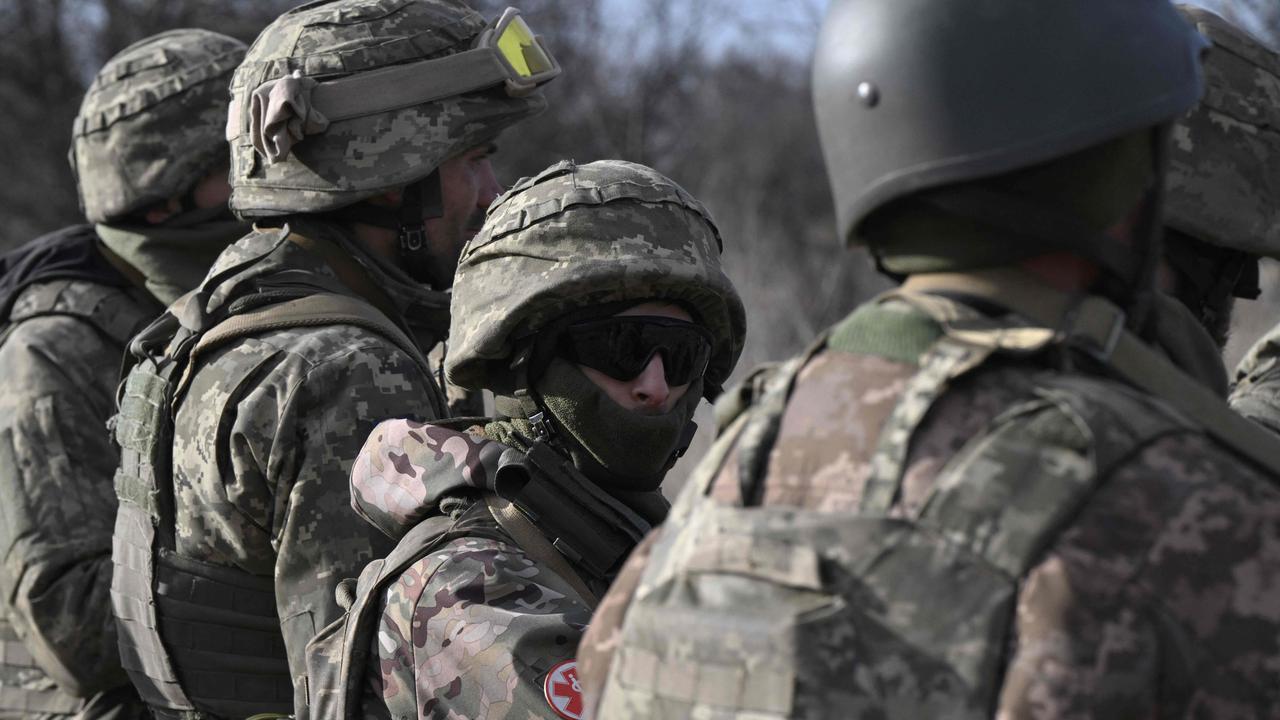
Former President Biden refused to talk directly to the Russian President after Ukraine territory was invaded. But US and Russian media are reporting their officials are working on a face-to-face meeting between the two leaders. Switzerland and Serbia have offered to host the talks.
Trump’s Ukraine envoy, Kellogg, continues to express confidence the war will be “solved”.
More Coverage
He told Fox News in a recent interview that the oil sanctions could be used as leverage against Russia, as could financial aid to Ukraine. But he conceded Zelensky would need guarantees that Putin wouldn’t attack again.
However, Trump’s former senior adviser Steve Bannon insists that his former boss must make a clean break with Kyiv and leave its fate in the hands of Europe.
“If we aren’t careful, it will turn into Trump’s Vietnam. That’s what happened to Richard Nixon. He ended up owning the war. And it went down as his war, not Lyndon Johnson’s,” Bannon told Politico.






